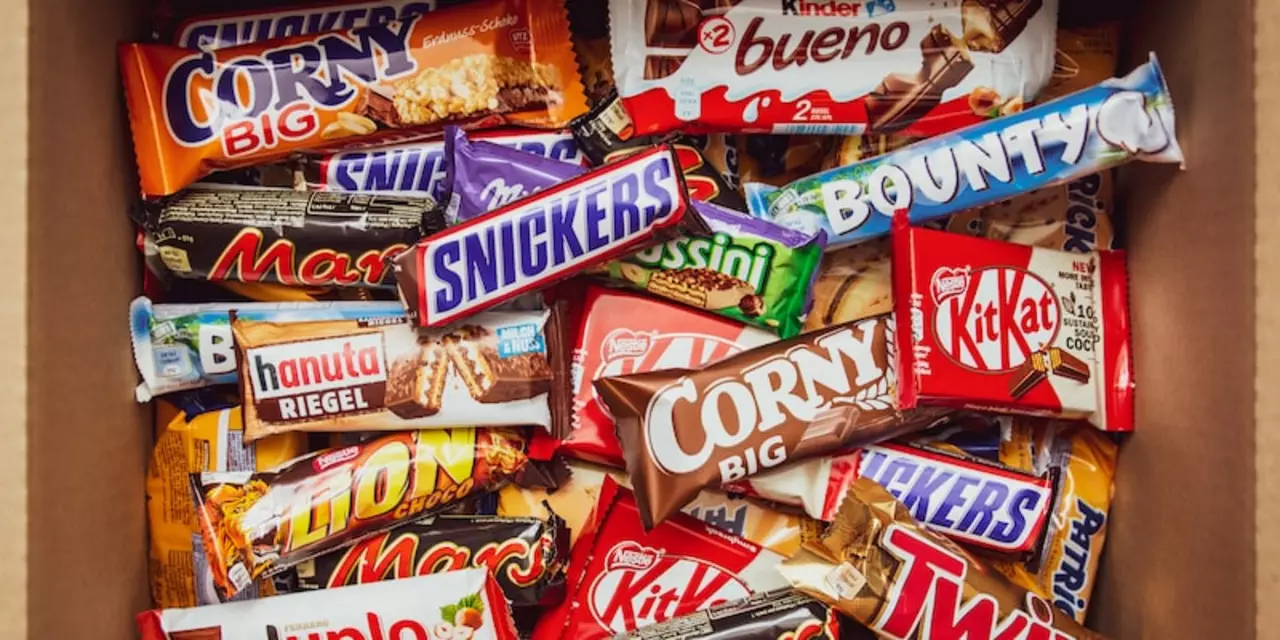
Indian Food – A Quick Guide to Flavorful Dishes and Easy Cooking Tips
If you think Indian food is just about spice, think again. It’s a mix of sweet, sour, salty, and umami that works together in surprising ways. From a steaming bowl of dal to the buttery crunch of samosa, there’s a dish for every mood.
Classic Indian Dishes You Shouldn't Miss
First up, the staples that define the cuisine. Butter chicken is a creamy tomato‑based gravy that pairs perfectly with naan or rice. Paneer tikka gives you smoky, grilled cottage cheese marinated in yogurt and spices – great for vegans who love protein.
Don’t overlook the regional hits: Masala dosa from South India, a thin rice‑crêpe stuffed with spiced potatoes; Rogan josh, a Kashmiri lamb curry rich in paprika and mustard oil; and Chole bhature, a hearty chickpea stew served with fluffy fried bread.
Street food fans will love Pav bhaji, a buttery vegetable mash slathered on soft buns, and Pani puri, crunchy shells filled with tamarind water, potatoes, and chickpeas. Each bite is a burst of flavor that’s cheap and satisfying.
Easy Tips to Cook Indian Food at Home
Getting authentic taste doesn’t need a full pantry. Start with a small set of spices: cumin, coriander, turmeric, garam masala, and red chili powder. Toast whole spices in a dry pan for a minute – that wakes up the aroma.
Use a good quality tomato puree or fresh tomatoes for sauces; they give the depth you need without extra ingredients. When making dal, rinse the lentils well, then add a pinch of asafoetida (hing) to calm the gas‑forming properties.
Layer flavors: start with onions, ginger, and garlic, then add spices, then the main ingredient (chicken, veggies, paneer). Finish with a splash of lemon juice or a dollop of yogurt for brightness.
One trick for perfect naan at home is to use a very hot skillet and brush the dough with melted butter right after flipping. The result is a soft, slightly charred flatbread that rivals restaurant versions.
If you’re short on time, try a one‑pot method: throw rice, lentils, and your chosen protein into a pressure cooker with spices and broth. In 15 minutes you have a complete meal with minimal cleanup.
Finally, don’t be afraid to adjust the heat. Indian cooking is flexible; add more chilies for heat, a bit of sugar to balance sourness, or coconut milk for a richer finish.
With a few basics and a willingness to taste as you go, you can explore Indian food without leaving your kitchen. Grab a pan, stock up on a handful of spices, and start tasting the world’s most colorful cuisine today.
